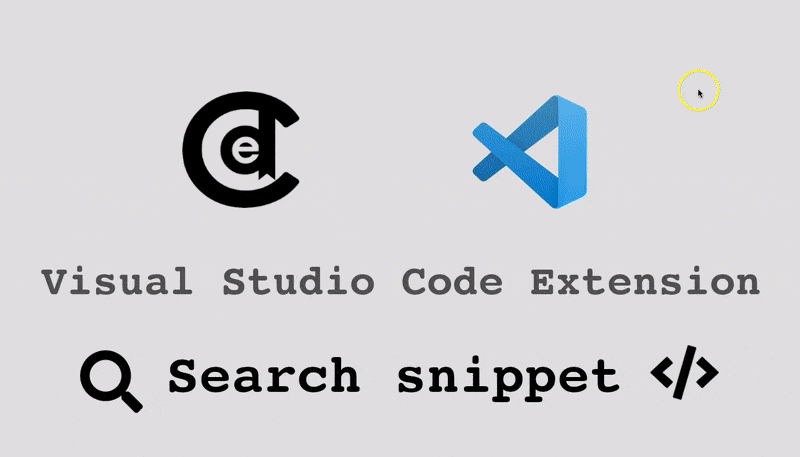Get current day with LocalDateTime.now() from which you can substract years, weeks, days up to nanos (in the shown example days with minusDays(long days)):
LocalDateTime dateToLookBack = LocalDateTime.now().minusDays(30);
You can achieve the same result by using the minus(TemporalAmount amountToSubtract) method as below
final var dateToLookBackTo = LocalDateTime.now().minus(Duration.ofDays(30));
Reference - https://docs.oracle.com/javase/8/docs/api/java/time/LocalDateTime.html
Shared with from Codever.
👉 Use the Copy to mine
functionality to copy this snippet to your own personal collection and easy manage
your code snippets.
Codever is open source on Github ⭐🙏

